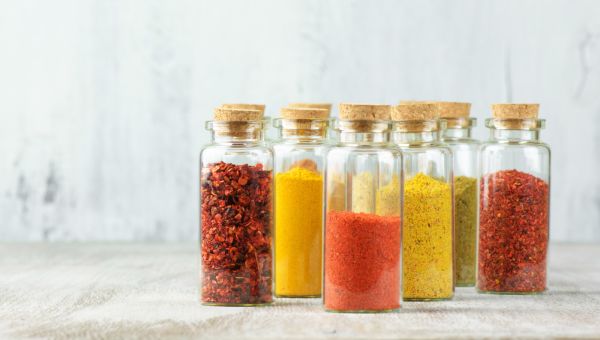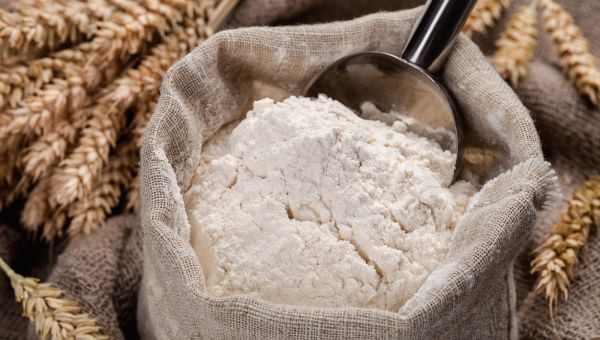How to store and when to toss 5 pantry staples
Check out these tips for where to store and when to toss common food items in your kitchen from culinary nutritionist Stefanie Sacks.

Have you ever opened your pantry and reached for something not knowing if it has gone bad? Culinary nutritionist Stefanie Sacks, MS, is here to help. In her book, What the Fork Are You Eating?, Sacks lays out guidelines for where to store and when to toss common food items in your kitchen. Click through to see if you’ve got some cleaning up to do in your pantry.
Adapted from What the Fork Are You Eating by Stefanie Sacks. © 2014 by Stefanie Sacks. Jeremy P. Tarcher, Penguin Group USA, a Penguin Random House Company.

1. Herbs and Spices
How to store: While you’ll want to keep your herbs and spices close by for easy use when you’re cooking, avoid storing them on top of the stove or near it. Heat can rob them of nutrition and flavor, so keep them in a cool, dark place in your kitchen.
When to toss: If your herbs and spices are more than two to three years old, it’s time to replace them.
Get Dr. Oz’s recommendations for healthy spices to keep in your pantry.

2. Oils
How to store: Keep oils out of the light and away from the heat -- including cabinets above the stove. Light and heat can turn your oils rancid. In fact, unless it’s olive oil, the best way to ensure your oils don’t spoil is to keep them in your refrigerator.
When to toss: Use your nose: If a bottle of oil smells something like paint thinner, get rid of it.

3. Vinegars
How to store: Make sure the lids on your vinegars are sealed tight. Many people store vinegars in the refrigerator, but it’s okay to keep them in the pantry. Just make sure they’re stored away from light and heat.
When to toss: Vinegar ages like wine, so it has an almost indefinite shelf life as long as it hasn’t been opened. Once opened, you can tell if it’s gone bad if it has a haze, sediment on top, an altered color or tastes unusually sour.

4. Flour
How to store: After you open unbleached flour, put it into an airtight container and throw it in the fridge and freezer for maximum freshness. Flour mixes and bleached flour will be fine if placed into a place that’s dark and cool.
When to toss: Believe it or not, flour can go bad. But it’s easy to save. Keep it in an airtight container or in the fridge. If your flour has been been around for more than a year, it’s time to put it in the trash.

5. Breads
How to store: You may have heard keeping bread in your fridge will keep it from going bad – but in fact, refrigerating bread will make it go stale faster. Leave it out at room temperature or put in the freezer to make it last.
When to toss: Give your bread a little smell, or touch it to see if it’s hard. If it stinks or isn’t soft, it’s gone stale. Stale bread doesn’t have to be completely thrown out though: Cut it up into croutons or put in the freezer for later. And if it’s really bad -- well, you’ll know.
More On


video

article

slideshow


video


video
